In the ever-evolving landscape of semiconductor technology, a groundbreaking shift is taking place—one that moves beyond traditional electron charge manipulation to harness the intrinsic spin of electrons. This emerging field, known as semiconductor spintronics, promises to revolutionize information processing and storage by leveraging the quantum mechanical property of electron spin. Unlike conventional electronics, which rely on the movement of electrical charge, spintronics exploits the spin states of electrons, offering the potential for faster, more energy-efficient, and higher-density devices.
The fundamental principle behind spintronics lies in the ability to control and detect the spin of electrons. Spin, a quantum property analogous to angular momentum, can exist in one of two states: up or down. These binary states can represent the 0s and 1s of digital information, much like charge-based systems. However, spin-based systems have a distinct advantage—spin states can persist even when the flow of electrons is interrupted, leading to non-volatile memory and reduced power consumption. This characteristic makes spintronics particularly attractive for next-generation computing and data storage applications.
One of the most significant breakthroughs in semiconductor spintronics has been the development of spin-polarized materials and devices. Materials such as dilute magnetic semiconductors (DMS) and ferromagnetic metals have been engineered to exhibit spin-polarized electron populations. These materials enable the injection, transport, and detection of spin-polarized currents, which are essential for spintronic functionality. Researchers have also explored hybrid structures combining semiconductors with ferromagnetic materials to create spin valves, magnetic tunnel junctions, and spin transistors—devices that form the backbone of spintronic circuits.
The potential applications of semiconductor spintronics are vast and transformative. In the realm of data storage, spintronics has already made its mark with the commercialization of spin-transfer torque magnetic random-access memory (STT-MRAM). This non-volatile memory technology offers faster write speeds, higher endurance, and lower energy consumption compared to traditional flash memory. Beyond memory, spintronics holds promise for ultra-low-power logic devices, quantum computing, and even bio-compatible sensors. The ability to manipulate spin at the nanoscale opens doors to entirely new paradigms in information processing.
Despite its immense potential, semiconductor spintronics faces several challenges that must be addressed for widespread adoption. One major hurdle is the efficient injection and detection of spin-polarized currents in semiconductors at room temperature. Many spintronic phenomena are more pronounced at cryogenic temperatures, limiting their practical applicability. Additionally, spin relaxation—the process by which spin polarization is lost over time—poses a significant obstacle. Researchers are actively investigating materials with long spin lifetimes and developing novel device architectures to mitigate these issues.
The integration of spintronics with existing semiconductor technology is another critical area of focus. CMOS (complementary metal-oxide-semiconductor) technology, the foundation of modern electronics, must be adapted or co-designed with spintronic components to enable seamless compatibility. Hybrid CMOS-spintronic circuits are being explored as a transitional approach, combining the best of both worlds. Such integration could pave the way for hybrid systems that leverage the speed and efficiency of spintronics while maintaining the reliability and scalability of conventional electronics.
Looking ahead, the future of semiconductor spintronics is brimming with possibilities. Advances in material science, nanofabrication, and quantum engineering are expected to unlock new functionalities and applications. For instance, topological insulators—materials that conduct spin-polarized electrons on their surfaces while insulating in their bulk—are being investigated for their potential in dissipationless spin transport. Similarly, the coupling of spin with other quantum degrees of freedom, such as valley or orbital states, could lead to multi-functional spintronic devices with unprecedented capabilities.
As research in semiconductor spintronics continues to accelerate, collaboration between academia, industry, and government agencies will be crucial. The development of standardized fabrication techniques, characterization tools, and design methodologies will help bridge the gap between laboratory discoveries and commercial products. With sustained investment and innovation, spintronics could redefine the boundaries of information technology, ushering in an era where spin, not just charge, dictates the flow of information.
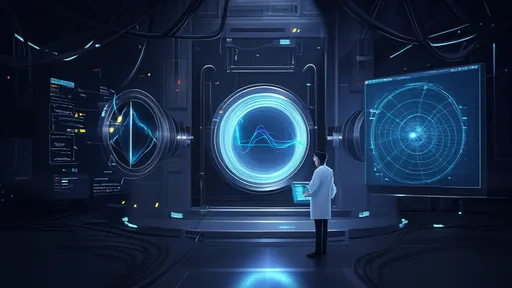
By /Jun 19, 2025

By /Jun 19, 2025
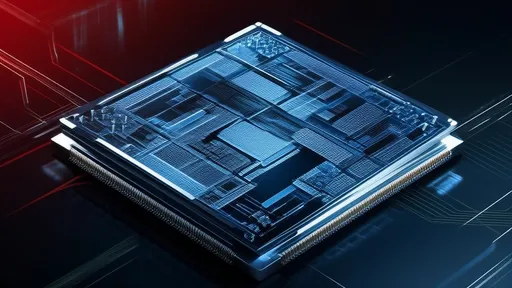
By /Jun 19, 2025

By /Jun 19, 2025

By /Jun 19, 2025

By /Jun 19, 2025

By /Jun 19, 2025
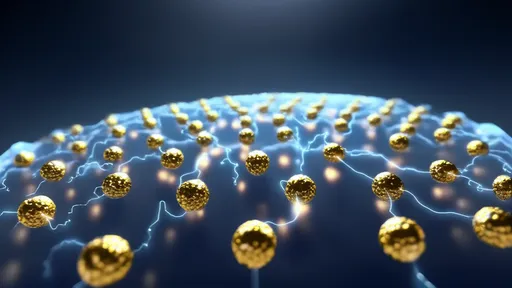
By /Jun 19, 2025

By /Jun 19, 2025
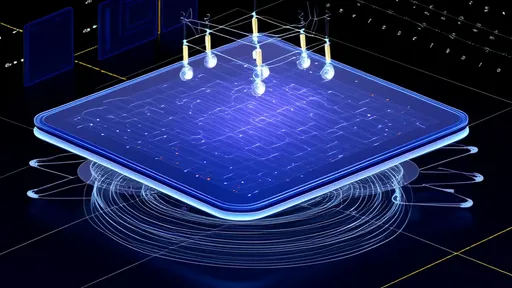
By /Jun 19, 2025
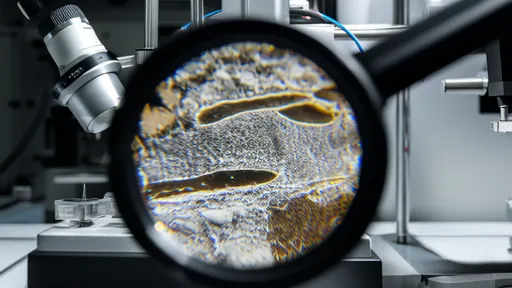
By /Jun 19, 2025
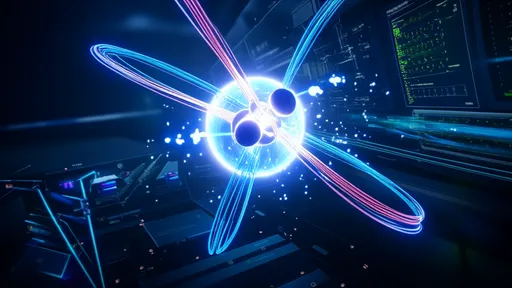
By /Jun 19, 2025
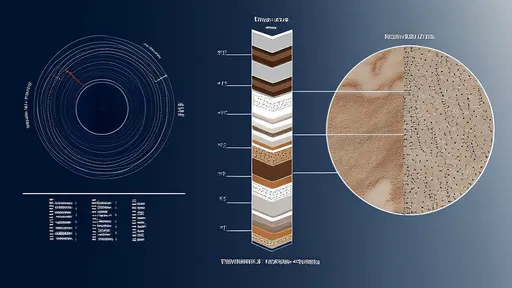
By /Jun 19, 2025
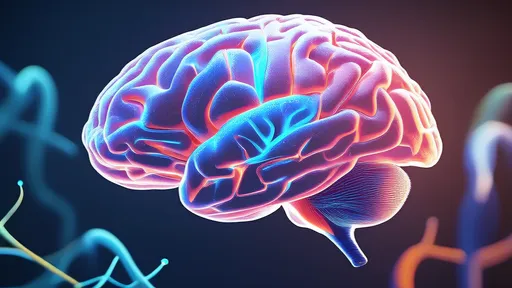
By /Jun 19, 2025
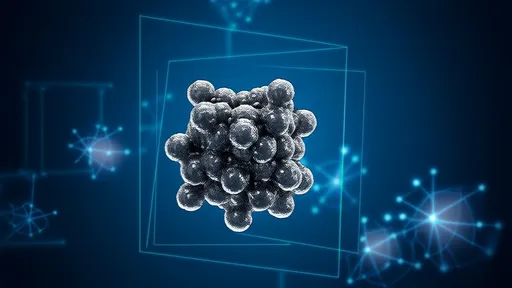
By /Jun 19, 2025

By /Jun 19, 2025

By /Jun 19, 2025